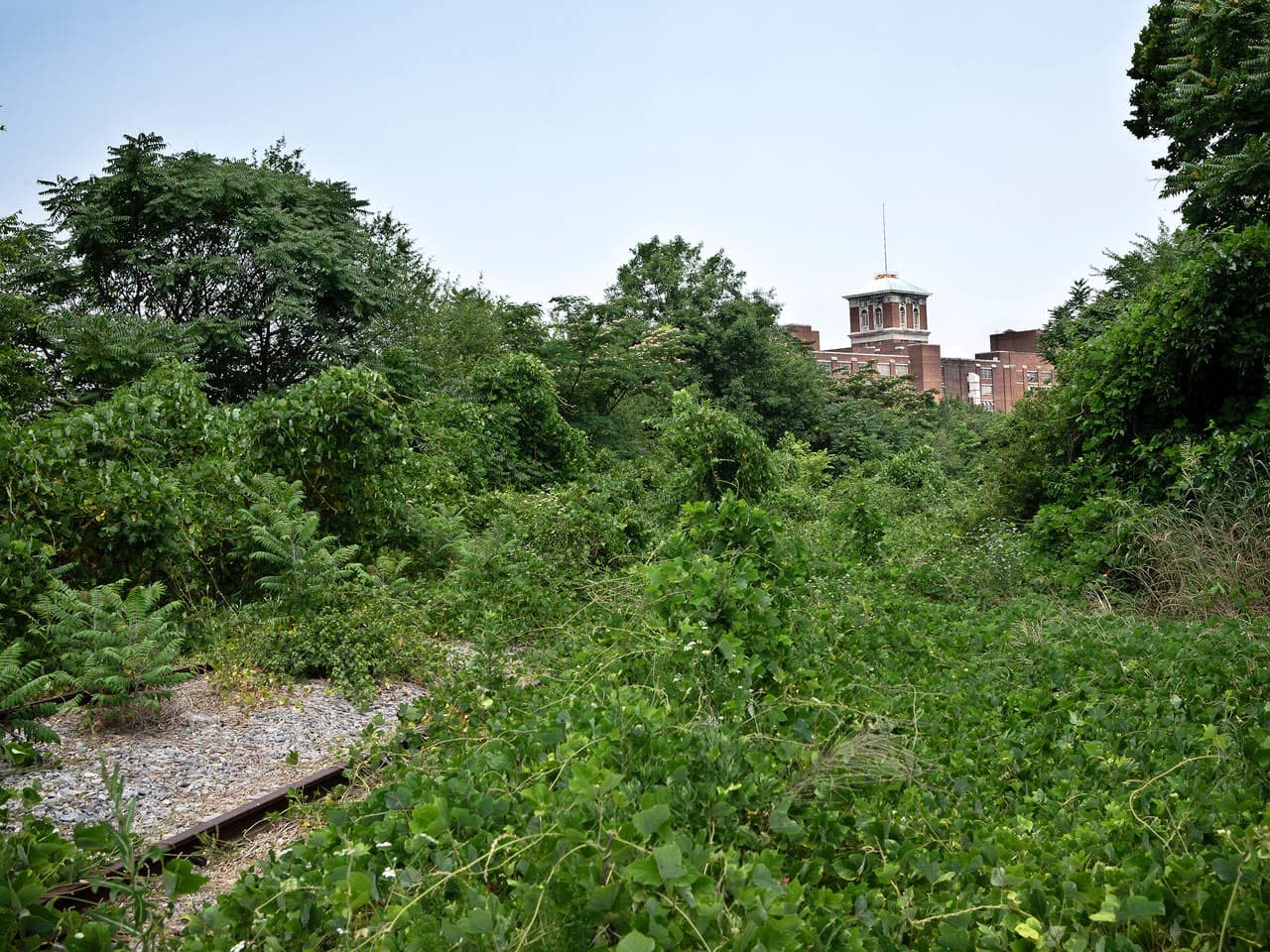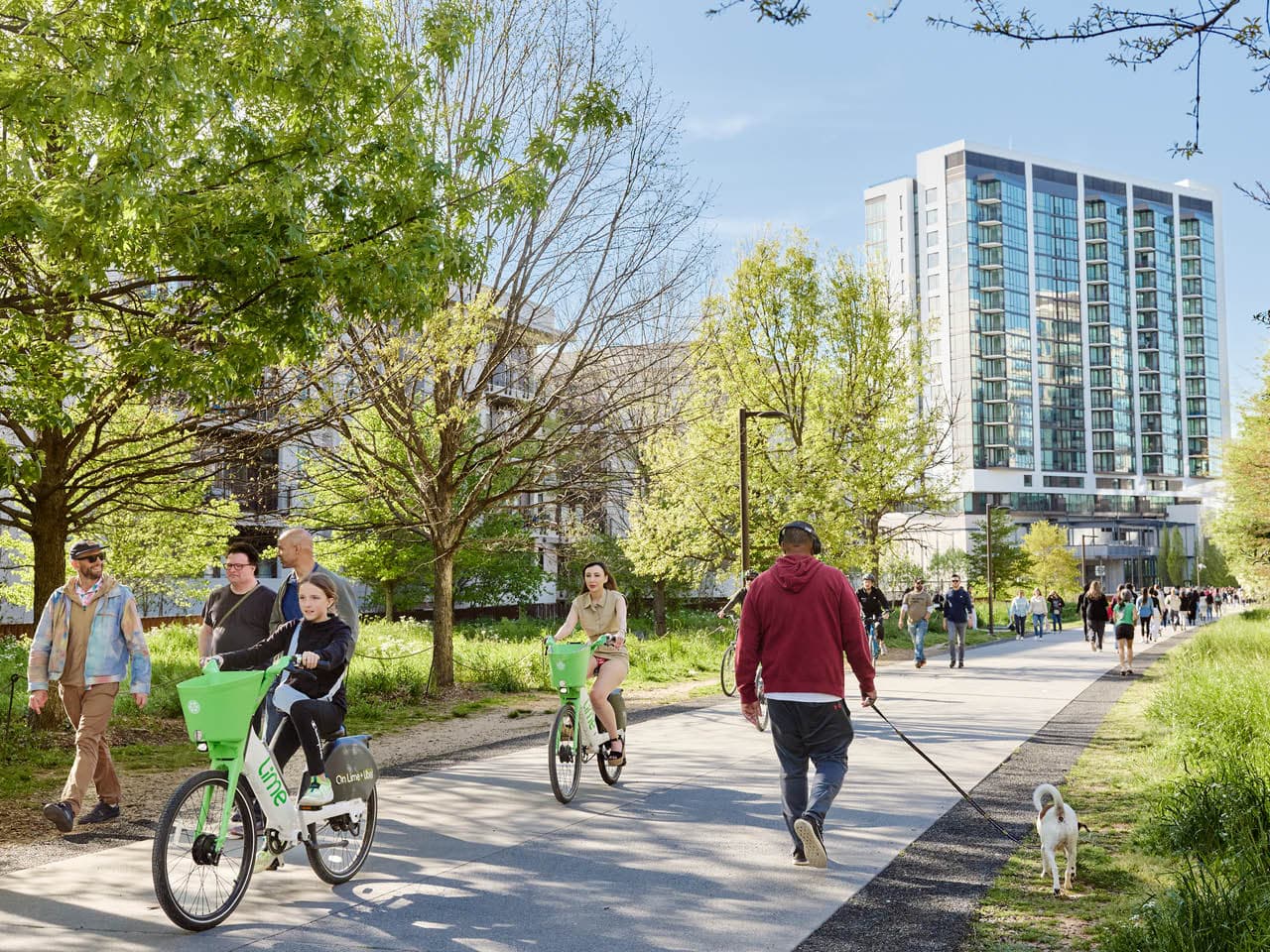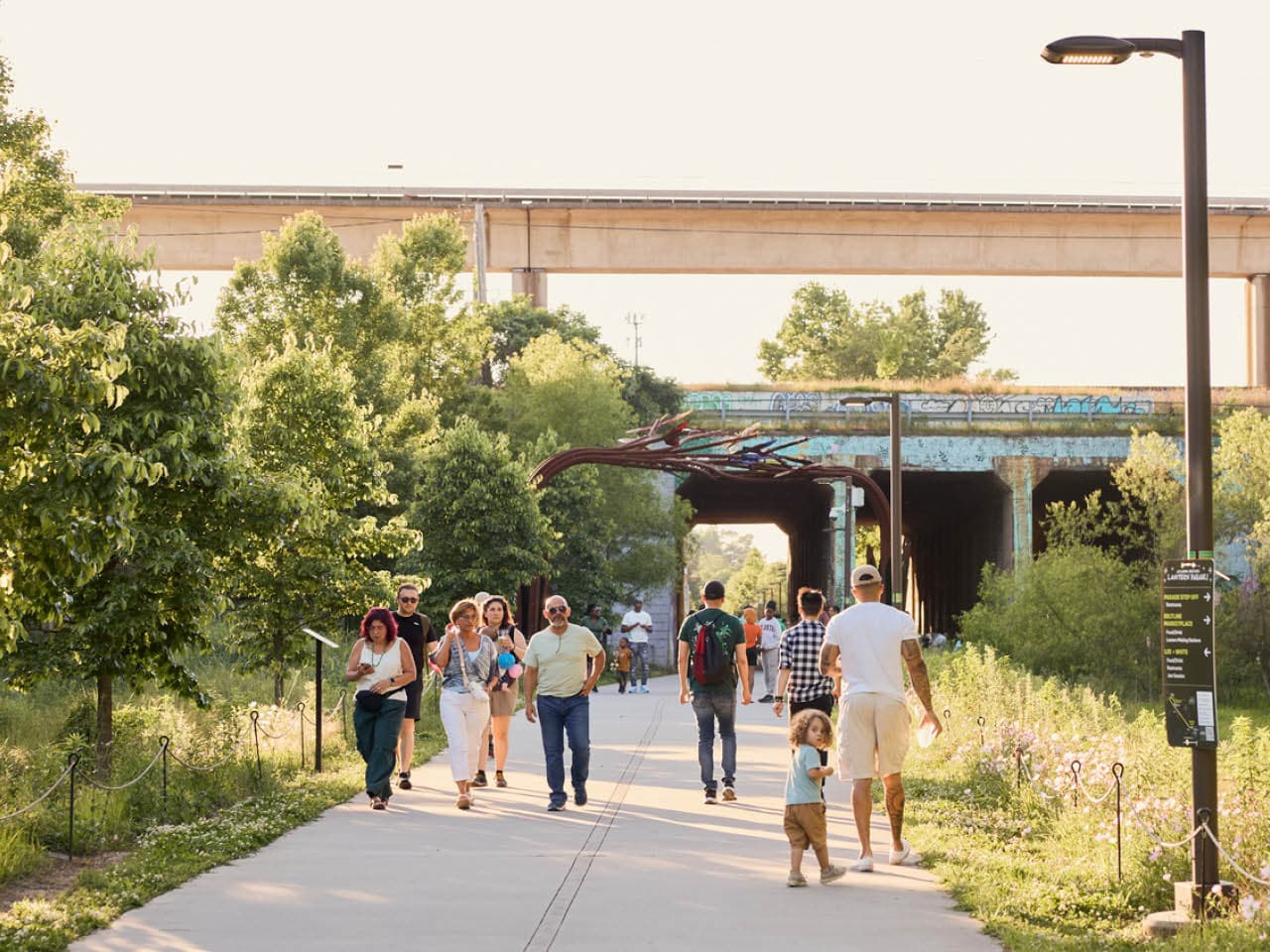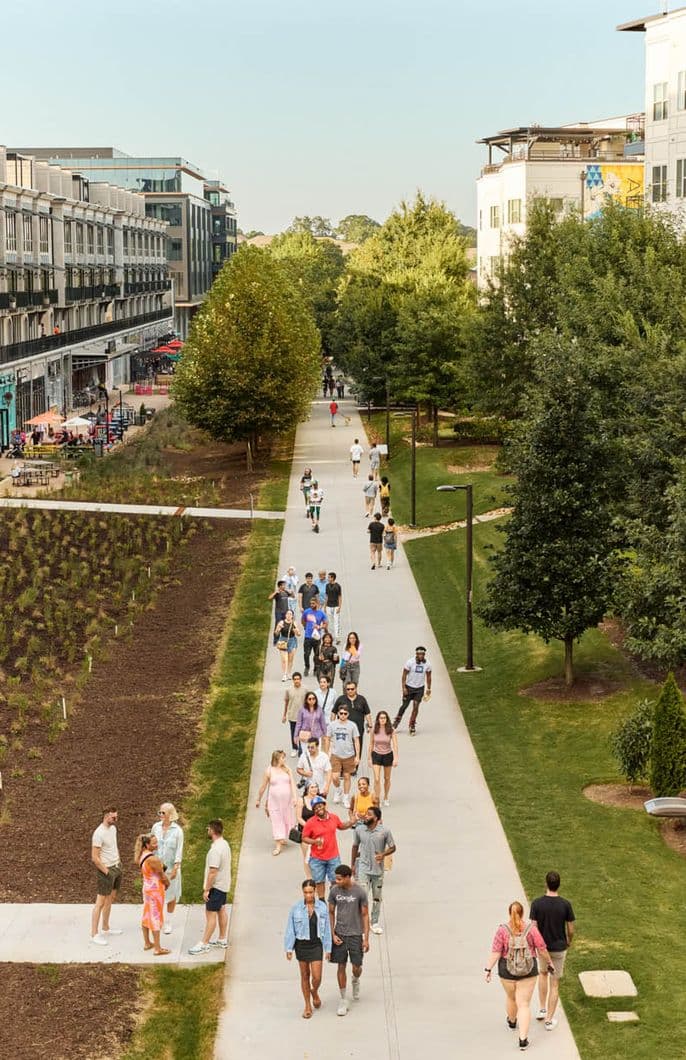atlanta beltline early history
From Concept to Creation
In the late 1990s, following two decades of unprecedented regional growth, the city of Atlanta was grappling with the challenges of urban sprawl, traffic congestion, and a lack of public parks. Amid this backdrop, a young graduate student named Ryan Gravel was studying architecture and urban planning at Georgia Tech.
He noticed the neglected railroad tracks that once played a vital role in Atlanta’s industrial past formed a rough loop around the city's core. Inspired by his time studying in Paris, Gravel saw an opportunity to repurpose these disused corridors into something remarkable: a 22-mile loop of transit and vibrant public space that would connect neighborhoods and job centers, revitalize previously industrial lands, and spur economic development.
In 1999, Gravel presented his bold idea in a master’s thesis. While not the first plan to contemplate new uses for the railroad belt lines circling downtown, it was the first to attract a significant following.

Supported by friends and professional colleagues, Gravel began socializing the concept in the early 2000s. Their efforts gained momentum when Cathy Woolard, an Atlanta City Council member who later became City Council president, recognized the Beltline’s potential to transform the city and became a crucial political champion.
Gravel, Woolard, and like-minded advocates formed Friends of the Beltline, launching a grassroots effort that attracted the support of critical partners and expanded the scope of the project beyond the original transit-focused thesis.
The PATH Foundation, led by Ed McBrayer, integrated its plans to utilize the Beltline corridor as part of an expanded regional trail network. The Trust for Public Land (TPL), led locally by Jim Langford, commissioned renowned landscape architect and urban planner Alex Garvin to develop the vision for the Beltline’s greenspace – and TPL began acquiring property for future Beltline parks. Many others advocated for the inclusion of affordable housing and public art.

The movement ultimately gained the support of Mayor Shirley Franklin, who made the Atlanta Beltline a priority for her administration and turned to the Atlanta Committee for Progress (ACP) for private-sector leadership to help make the vision a reality.
Civic and business leader Ray Weeks championed the project on behalf of ACP, galvanizing resources to work with the City of Atlanta and the Atlanta Development Authority (now Invest Atlanta), led by Greg Giornelli, to confirm the Beltline’s feasibility and develop a plan to launch the initiative.
These efforts were formalized in July 2005 when Mayor Franklin formed the Beltline Partnership, chaired by Weeks, to be the umbrella entity to build consensus and coordinate actions among multiple organizations. An evolution of Friends of the Beltline, the Partnership also led public outreach and fundraising efforts, securing early philanthropic support from key donors, including the James M. Cox Foundation, the Robert W. Woodruff Foundation, and the Arthur M. Blank Family Foundation.

Following years of community input and collaboration among public, private, and nonprofit partners, the 25-year vision for the project was codified in the Beltline Redevelopment Plan. The Beltline was officially launched in December 2005 when the Atlanta Public Schools, Fulton County and Atlanta City Council approved the Redevelopment Plan and the creation of the Beltline Tax Allocation District (TAD) to finance the project. This innovative funding mechanism allowed the city to leverage future property tax revenue from rising property values along the Beltline to fund its construction.
Following the adoption of the Redevelopment Plan and the development of an initial Five-Year Work Plan, Atlanta Beltline, Inc. (ABI) was created in 2006 to oversee all aspects of planning, development, and execution of the visionary project.
Even though there was progress and momentum, several events hindered Beltline build out in the early years, most notably lawsuits around the TAD, the Great Recession, and the unanticipated granting of significant tax abatements. These factors created uncertainty, hampered the ability to issue bonds, and reduced TAD revenue in the first decade of the Beltline, which slowed economic development and impacted future TAD growth.

Despite the headwinds, in 2008 the West End Trail opened and included the renovation of Gordon White Park and the first plantings for the Beltline Arboretum, championed by Trees Atlanta. This was followed by the openings of the Westview Trail and the Northside Trail in 2010. The next tangible evidence of the Beltline’s potential emerged in 2011 with the opening of Historic Fourth Ward Park and Thomas Taylor Memorial Skatepark (previously Historic Fourth Ward Skatepark), new green spaces that quickly became beloved community hubs.
Significant momentum came in 2012 when the Eastside Trail, a key segment of the Beltline, opened to the public. It became a popular destination for walking, jogging, and cycling, demonstrating the project’s potential.
Over the years, the Beltline has continued to expand, transforming neglected areas into vibrant public spaces and stimulating economic development. It has become a symbol of Atlanta’s commitment to innovation, sustainability, inclusiveness, and community-building. Today, the Atlanta Beltline stands as a testament to the power of visionary thinking, grassroots advocacy, and civic leadership aligning in public-private partnership – proving that with determination and collaboration, ambitious dreams can become reality.




